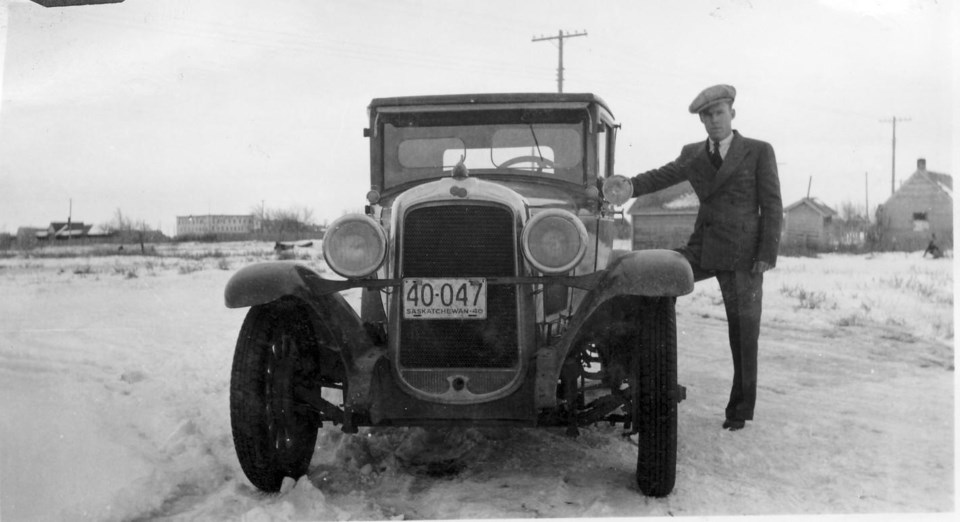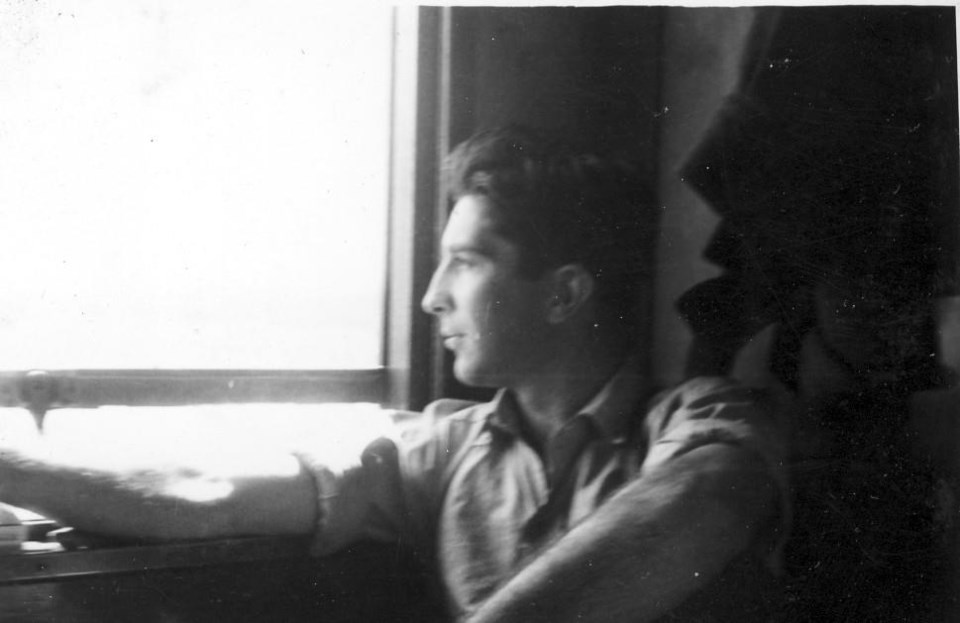World War Two stories usually focus on military personnel involved in direct action. But people were needed to maintain and drive the vehicles; cook the food; move materials, nurse the injured, and keep the airplanes in the air. These men and women are often overlooked.
Moose Jaw Shop Teacher, now deceased, Bill Waud and friends, kept the airplanes flying.
Many former students will remember Bill Waud. After the War he worked at Elliot Motors, then taught Autobody at SIAT and later at Peacock High School. Bill was always a ‘car-guy’. After retirement he haunted local body shops, visiting and drinking coffee. He also rebuilt vehicles in his garage.
Background
George William ‘Bill’ Waud, an only child, was born in Outlook, Saskatchewan and grew up during the Great Depression of the ‘Thirties’. Times were tough. His dad was Section Foreman for the C.P.R., his mom, a homemaker.
The Dominion-Provincial Youth Training Program (DPYT)
In 1937 the Dominion-Provincial Youth Training Program (DPYT) was created. The purpose was to provide apprenticeship training for men and boys age 16 to 30. In was also intended to keep the men off relief and out of trouble. Schools were scattered across the country.
Some schools were established in Saskatchewan communities including Moose Jaw, Saskatoon, Lebret and Indian Head. Each school focused on several different subjects.
Students were given a small weekly income and expected to find their own accommodation. Many attending DPYT School in Moose Jaw rented rooms on High Street.
World War Two began in September 1939. In April 1940 the DPYT programs were changed and focused on training needs required in the war effort.
In Moose Jaw the Dominion-Provincial Youth Training School evolved into an Aeronautical School. It was housed in the Douglas Block, a two story building where the Rexall Drug Store is now located. The school taught Aero-engine mechanics, Airframe and Radio Technology. School Superintendent A.E. Peacock was in charge of overall administration of the school.
The Radio program was on the second floor. The teacher was disabled and unable to climb stairs. A hand operated ‘lift’ was installed for him so he could get up to the second floor.
In June 1940 Bill applied for the Aero-engine Mechanics program and was accepted. He began classes in September 1940. Upon graduation in June 1941 he and some buddies drove to Regina and enlisted in the RCAF.
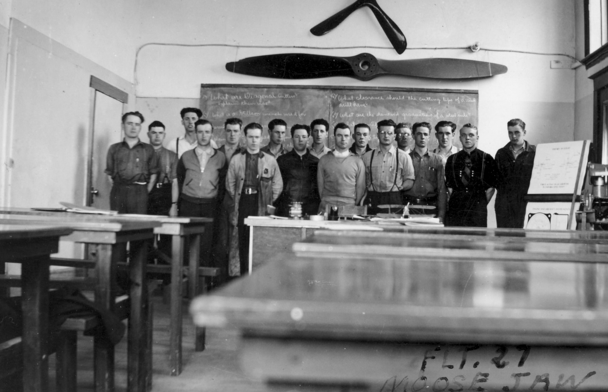
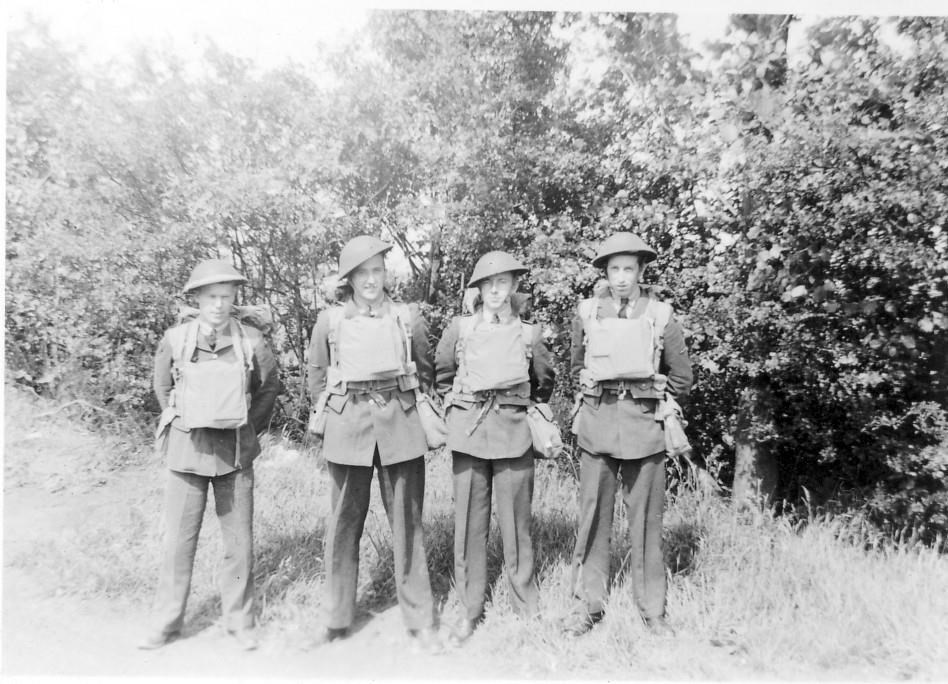
Posted to No. 5 Bombing and Gunnery School, Dafoe, Saskatchewan.
After basic training in Edmonton Bill was promoted to the rank of Leading Aircrafts Man (LAC) and posted to Number 5 Bombing and Gunnery School at Dafoe, Saskatchewan, a mere 150 kilometers from his Outlook home. Bill was assigned to the Drogue Flight.
The Drogue Flight was the division that flew and pulled the targets, the drogue, for target practice by future air-gunners. Bill maintained the Fairey Battle aircraft assigned to the Flight.
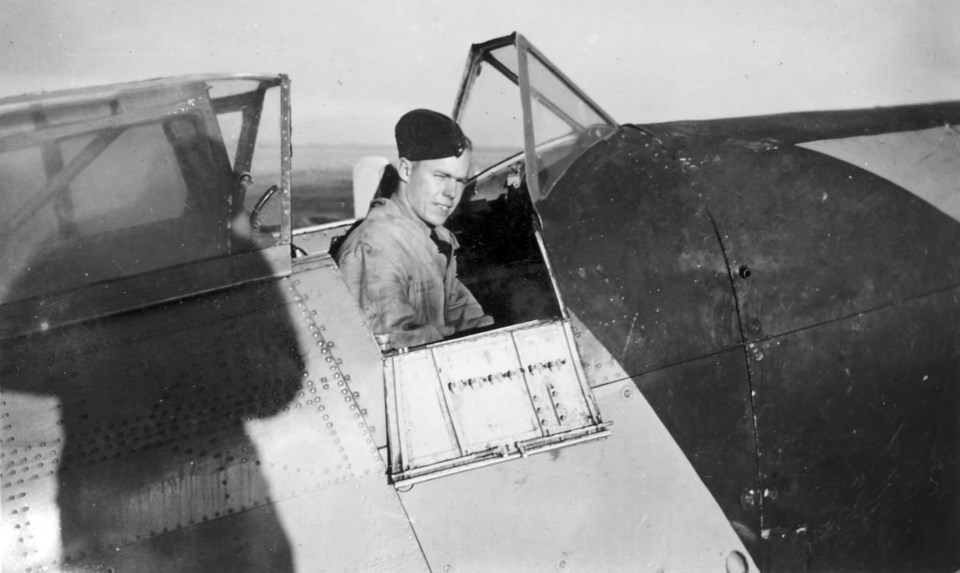
Posted Overseas
In May 1943 Bill and several of his friends were posted overseas to 1656 Heavy Conversion Unit at Topcliffe, Yorkshire, England. An HCU trained heavy bomber aircrew. The aircraft used for training at 1656 HCU were old, worn out Halifax Bombers. Bill and his buddies upgraded and maintained Halifax Bombers for the remainder of the war.
Early versions of the Halifax Bomber had Rolls-Royce Merlin Engines. (One is on display at the WD Museum in Moose Jaw). Although good, the Merlin was under-powered. Bill and the lads were charged with replacing the four Halifax Merlin engines with new Bristol Hercules radial engines. These new engines gave the aging fleet of Halifax Bombers a new lease on life and the ability to carry a heavier bomb load.
As the Bomber Command Museum in Nanton writes, “The Hercules was first produced by the Bristol Engine Company in 1939. It is a 14 cylinder, two-row, supercharged, air-cooled, radial engine with a displacement of 38.7 litres. The Hercules I developed 1,375 hp.”
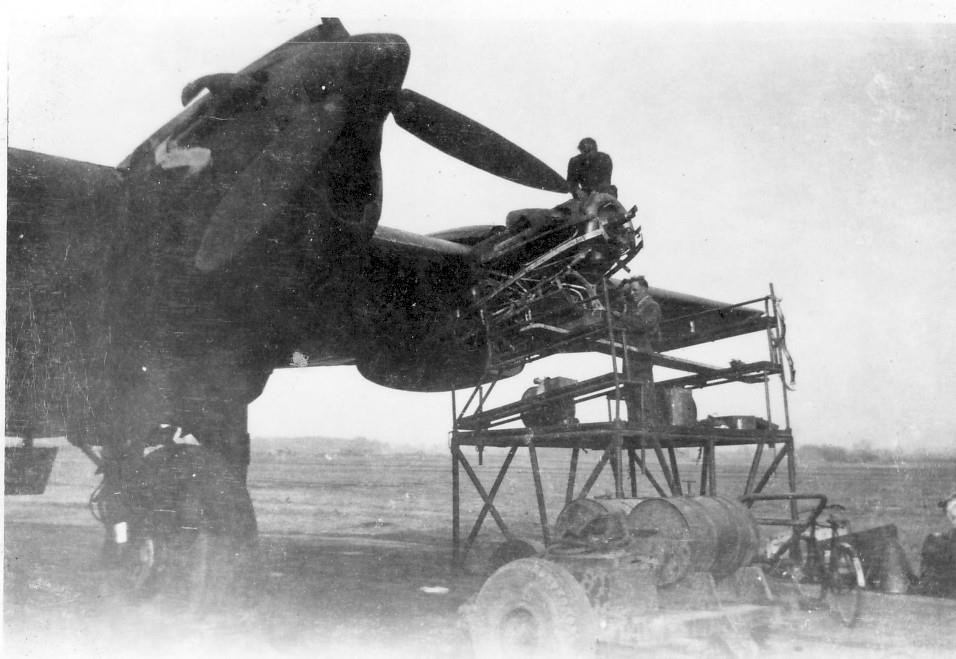
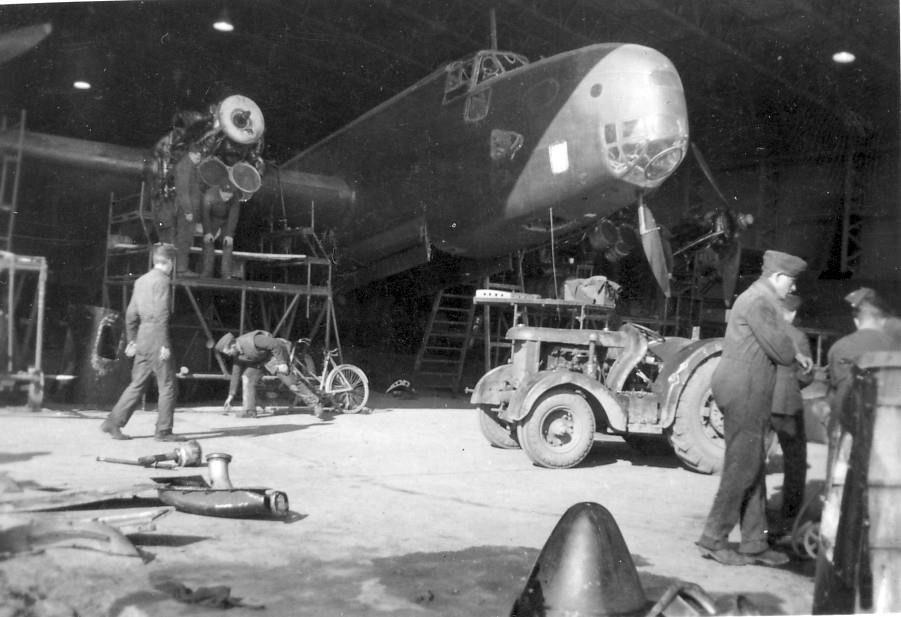
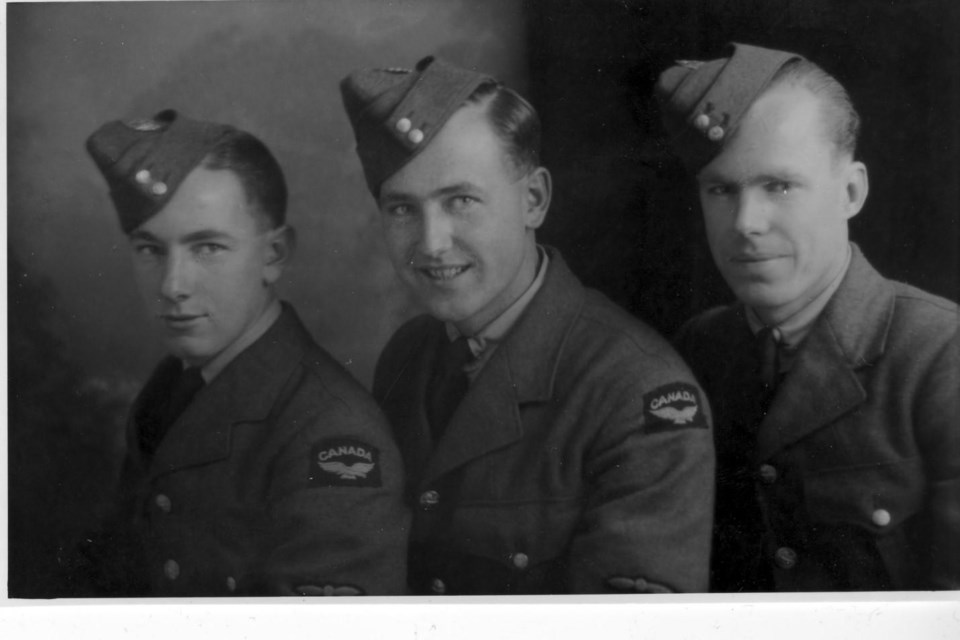
Posted Back to Canada
The War ended in May 1945 and in June 1945 Bill and his friend boarded the S.S. Louis Pasture for the trip home. In Regina they were demobilized and, after four years, had to find a new way of life.
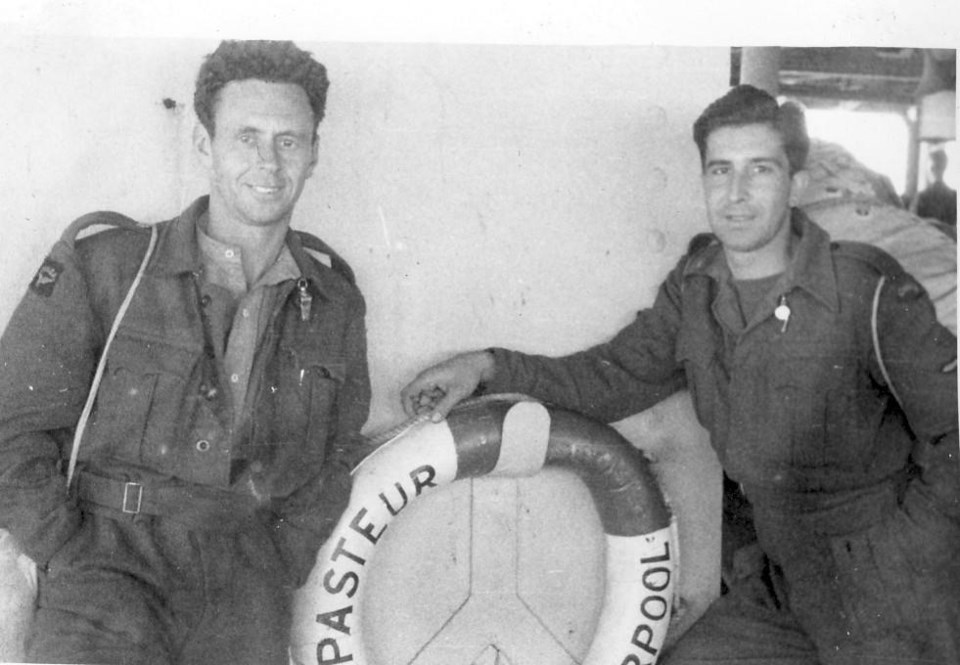
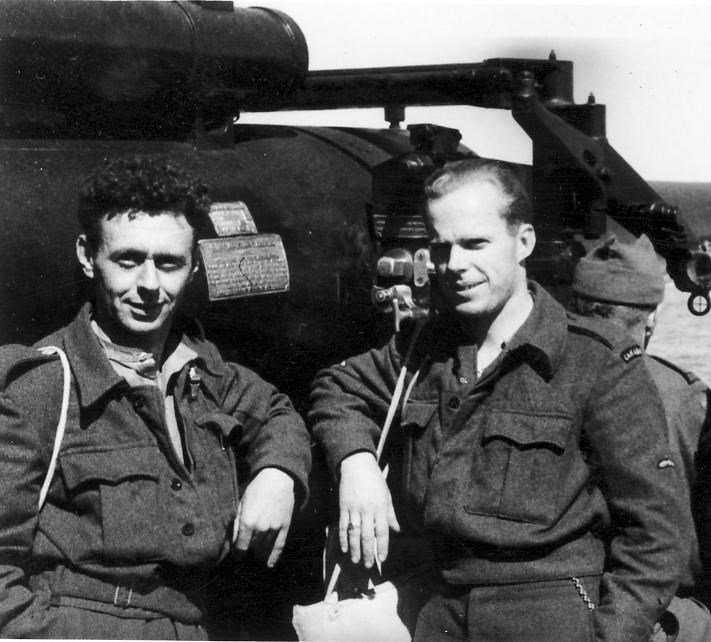
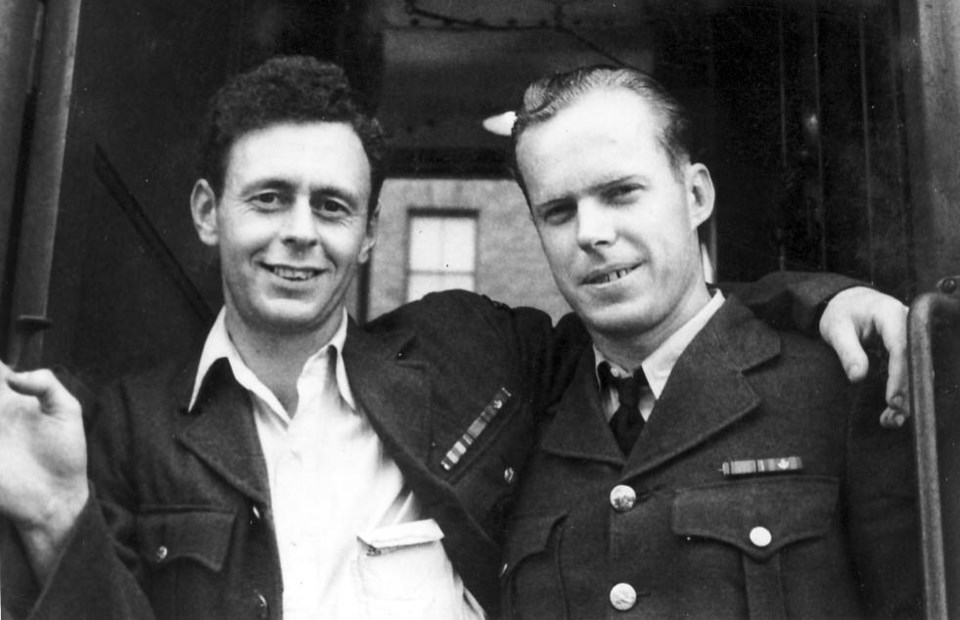
After the War – What Next?
Ben Smart was from Parkbeg. He tried a few business ventures and eventually settled in Ponoka Alberta where he ran a barber shop.
Chip Deyotte of Moose Jaw worked for the CPR.
Joe Lang moved to Saskatoon and worked for the city.
Andy Anderson ran a garage and farmed at Craik.
Bill Waud stayed in Moose Jaw where he was a Body-man and Shop Teacher at Peacock.
